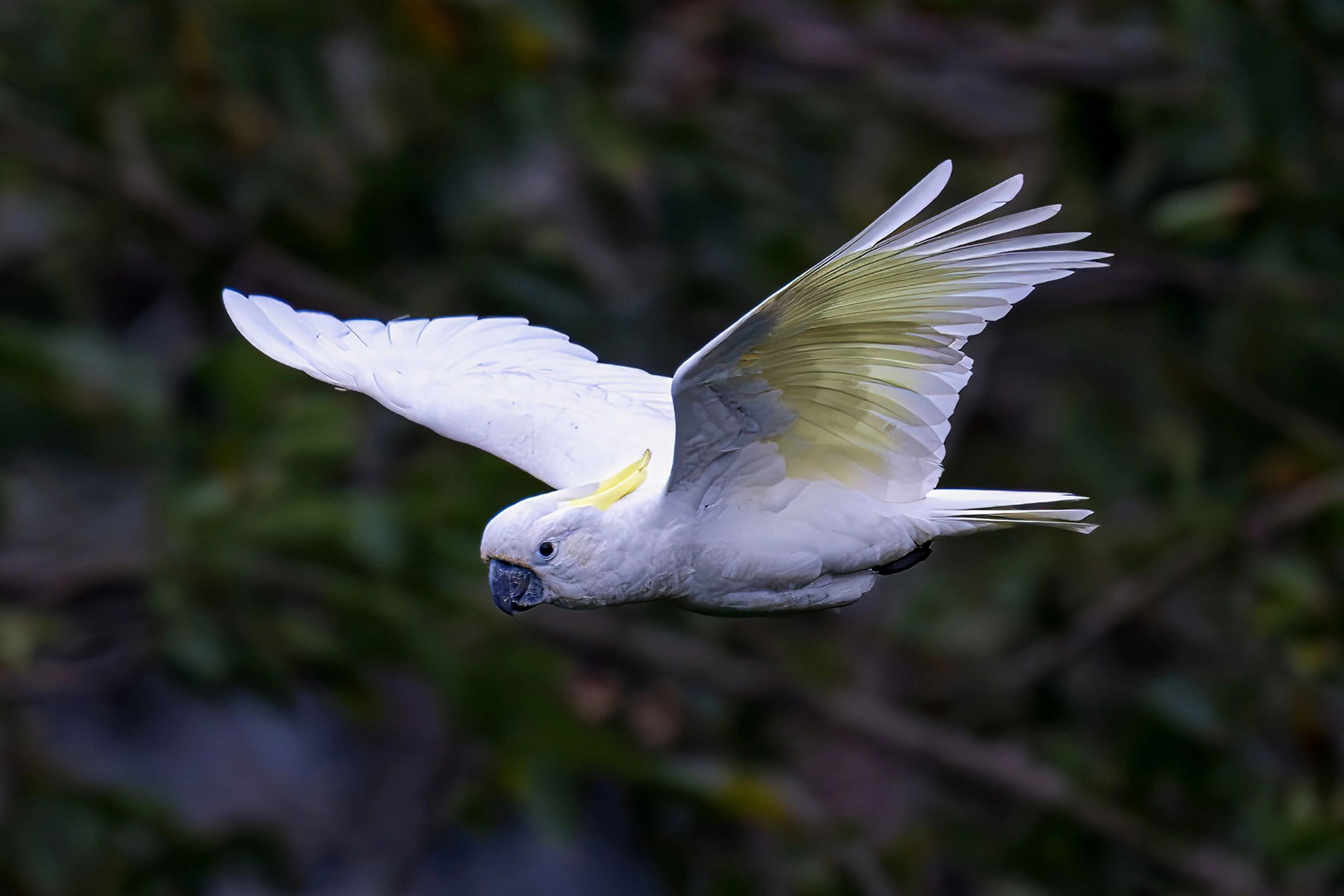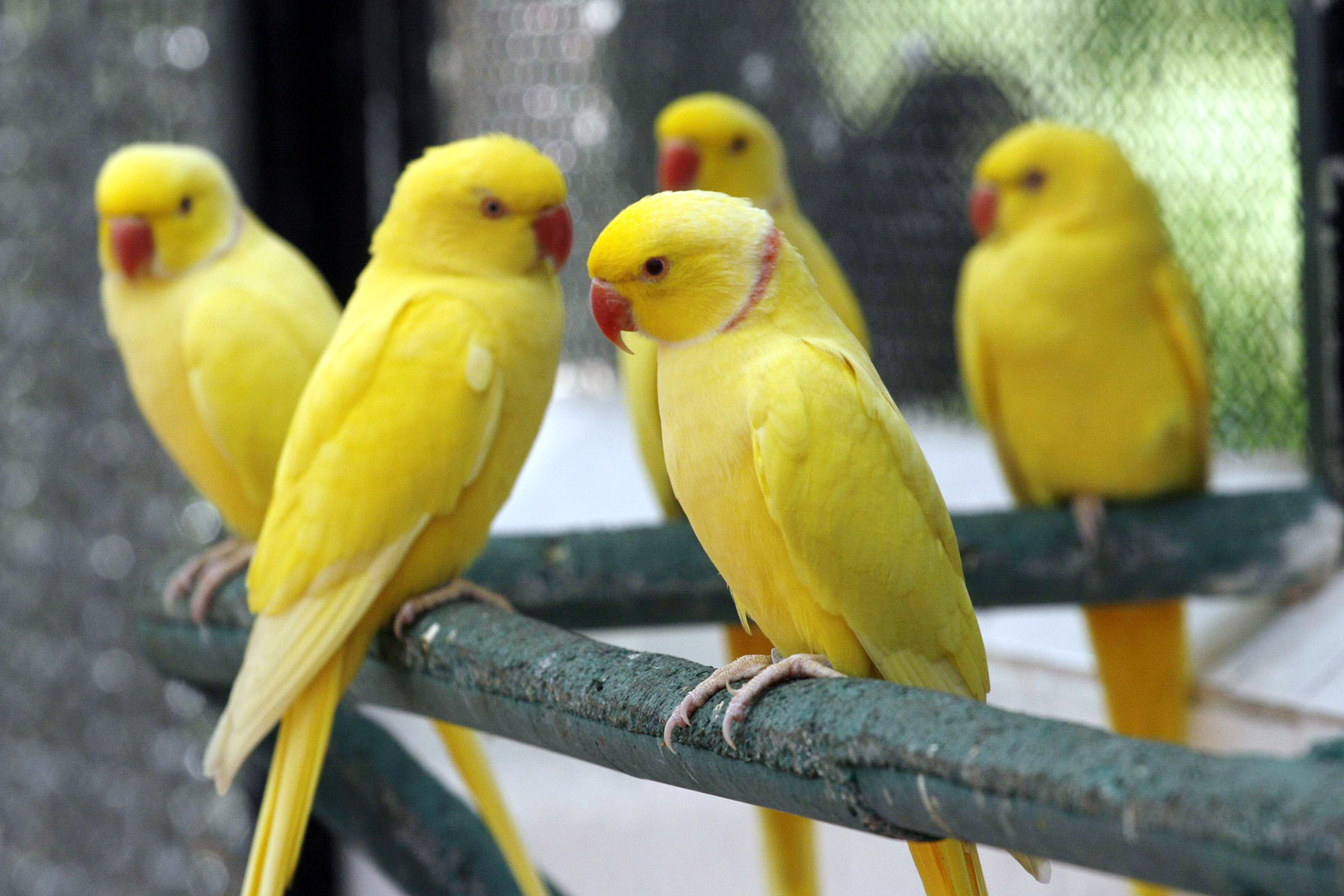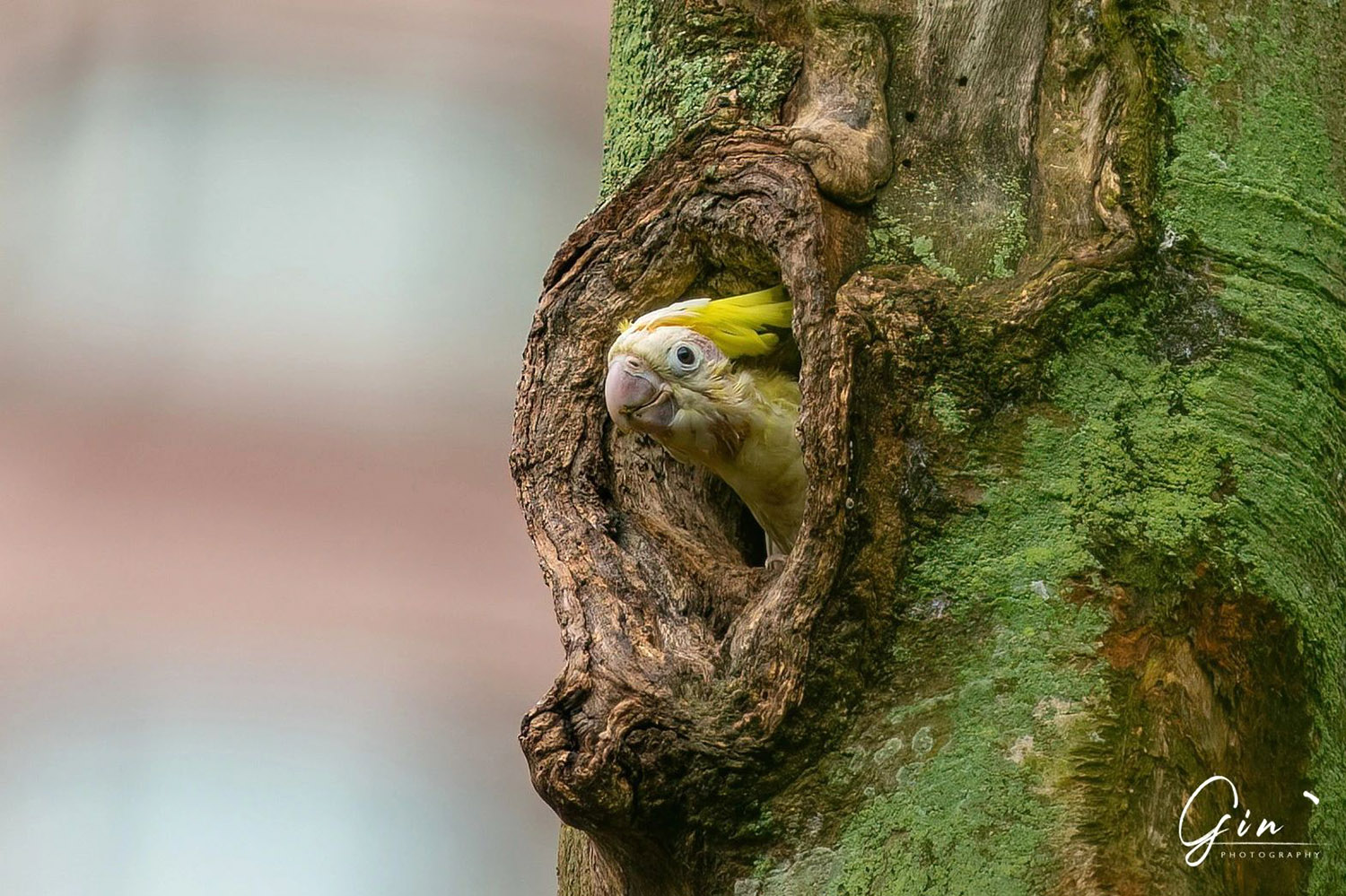Hong Kong’s lesser-known role as a sanctuary for endangered species reveals a new facet of the city’s ecology. This bustling metropolis plays a vital part in reversing biodiversity loss and supporting conservation beyond its limits. Rebekah Zhang and Kira Jiang report from Hong Kong.

It was another busy afternoon in Hong Kong’s Central business hub.
In one of the world’s most densely populated regions, a small flock of yellow-crested cockatoos swept past skyscrapers, curiously observing human life.
Should you peer out of the window, you might lock eyes with one of these endangered feathered observers. “It’s very unusual to come across an endangered species in the city center,” says Astrid Andersson — a postdoctoral researcher at The University of Hong Kong’s Conservation Forensics Laboratory.
The yellow-crested cockatoo, a native of Indonesia, now teeters on the brink of extinction due to persistent illegal trapping and extensive habitat loss throughout its natural range. According to the International Union for Conservation of Nature’s Red List of Threatened Species, the number of mature cockatoos worldwide now stands at between 1,200 and 2,000, and it is listed as “critically endangered”.
One story suggests the birds were brought to Hong Kong as pets in the mid-19th century and either escaped or were released into the wild. Against all odds, the cockatoos adapted to Hong Kong’s urban environment, inhabiting parks with sufficient fruits and seeds.
Today, Hong Kong is the largest habitat for wild yellow-crested cockatoos outside Indonesia, sustaining about 200 of them — roughly 10 percent of the birds’ global population. Easy accessibility to them was a key reason for Andersson choosing the cockatoo as her PhD research topic.
READ MORE: HK's Mai Po Marshes shelter tens of thousands of birds every winter
Throughout her research, she uncovered what makes the bird’s survival story possible. The cockatoo’s exceptional longevity of about 40 to 60 years, and strong social bonds allow knowledge to accumulate and spread within groups, enhancing their adaptability. But there is another big piece to the puzzle. Hong Kong’s urban landscape is unique, with well-designed parks seamlessly integrated among the skyscrapers, providing essential habitats and nutrition for these birds.
Andersson emphasizes the significance of Hong Kong’s cockatoo population, saying it not only presents a compelling case of human-wildlife coexistence in a dense urban environment, but also serves as a potentially important genetic reservoir for wild populations in Indonesia.
“People often mistake the yellow-crested cockatoo for Australia’s sulphur-crested cockatoo, which is way bigger in size, but they’re actually different species,” Andersson explains. She is leading genetic studies on the cockatoos to evaluate their conservation significance, original geographic provenance within Indonesia’s islands, and their genetic viability with a special focus on inbreeding risks.
In January, The University of Hong Kong unveiled its latest research results that could advance the conservation of two iconic cockatoo species. They included a study led by Andersson that identified three genetically distinct groups across the Wallacean region, a biogeographical zone that lies between the Asian and Australian continental shelves, through DNA extracted from 100-year-old museum specimens.
She says she believes their work has provided valuable information to conservation efforts, such as translocation, genetic rescue and breeding — steps that are crucial to avoid global extinction of the yellow-crested cockatoo.
“Maybe, in the future, we can translocate individuals to help the genetic recovery in the native range,” she says.
The strategy has shown regional success in Guangzhou, Guangdong province.

Parakeet revival
Hong Kong’s population of rose-ringed parakeets serves as a genetic reservoir, enabling the reestablishment of a stable wild population in the Guangdong provincial capital through captive breeding and rewilding programs.
Kent Chan — a Guangzhou-born “bird nerd” — moved to Hong Kong at a young age before returning to his hometown for parrot conservation, having spearheaded breeding programs over decades. “I remember seeing wild parakeets in Guangzhou’s parks when I was a child,” he recalls. “But, they have gradually disappeared due to poaching and habitat loss.”
One day, Chan unexpectedly reunited with the rose-ringed parakeet in Hong Kong. “I was taking a break at Kowloon Park. When I looked up, I just saw it perched on a tree. I was so surprised.” Observing the city’s thriving urban population, he saw the possibility of utilizing Hong Kong’s established parakeet populations to reintroduce the species in Guangzhou.
Chan used to study artificial parrot breeding techniques in Singapore. “At that time, these techniques were a complete blank slate in China. I wanted to apply the expertise to address China’s then-limited capabilities in the field,” he says. “If parakeets can survive in Hong Kong, they can definitely make it in Guangzhou too.”
Having the techniques and the breeding stock, Chan returned to Guangzhou and founded the Avian Joy Conservation Centre, which later became the South China Research Base for Endangered Animals under the Guangdong Academy of Sciences, in 2006.
At the conservation center, Chan made tens of clay pots as alternatives for bird nests, and collected lines of jars of traditional herbs for treating bird diseases. Driven by his initiatives and efforts, dozens of rose-ringed parakeets have been successfully rewilded and reintroduced into Guangzhou’s urban ecosystems.
In August, wildlife monitors spotted stable populations of rose-ringed parakeets flourishing in Guangzhou’s Haizhu Wetland — a sign that the colorful birds are now calling the city home again after 44 years.
The breakthrough has not only revitalized local biodiversity and ecosystem resilience, but also established critical methodologies for future native species rehabilitation programs.

Conservation in cities
As urban spaces become unexpected allies in biodiversity protection, Andersson urges people to think differently and flexibly about conservation work, as more species are seeking refuge in cities.
She notes that one key initiative the Hong Kong Special Administrative Region government could prioritize is raising public awareness about the city’s amazing wildlife and the efforts behind it. For instance, country parks account for 40 percent of the SAR’s total area under the Country Parks Ordinance, and all wild birds, their nests and eggs are protected under the Wild Animals Protection Ordinance. Notably, the yellow-crested cockatoo has been legally protected since 2006 under the Protection of Endangered Species of Animals and Plants Ordinance.
With more than 580 species recorded, the city boasts one-third of the total bird species in China. “Those birds are providing an opportunity for Hong Kong people to interact with wildlife, which is so precious and nice. City people have some access to rare endangered species, thereby participating in conservation and getting excited about wildlife,” says Andersson.
Yet, coexistence with urban wildlife faces ecological-social dilemmas.
ALSO READ: Shenzhen, Hong Kong jointly conserve mangrove wetlands
Andersson notes that, in the past eight years, over 60 percent of tree holes housing the cockatoos have been removed out of concern about falling branches from old, fragile trees. She is now leading a project to design and install nest boxes as artificial alternatives to tree holes, aiming to provide optimal breeding conditions and counter the bird population’s reproductive decline.
In the past nine years, Andersson has maintained regular contact with the SAR authorities regarding funding applications, activity permits and ongoing updates on research findings and publications. “The government is very enthusiastic, supportive and responsive,” she says. “Not every researcher can speak directly to the government conservation department. That’s unique to Hong Kong.”
The yellow-crested cockatoo’s case offers a glimmer of hope for conservation. This is a rare positive story, demonstrating that even in one of the world’s most developed and densely urbanized metropolises, wildlife can still find a way to thrive. It also serves as an encouraging example for other rapidly expanding Asian cities, proving that coexistence is possible if conservation measures are prioritized.
“The coexistence is a kind of unique attraction for Hong Kong on the global stage and it’s like a name card of our environment protection,” says Andersson.
Contact the writers at rebekahzhang@chinadailyhk.com


